| Posted: 25 Aug 2011 08:08 AM PDT  Frida Kahlo was s Mexican painter who produced mostly small, highly personal self-portraits using elements of fantasy and a style inspired by native popular art. Kahlo was born in Coyoacán, Mexico, near Mexico City. While a student at Mexico City's National Preparatory School in 1925, she sustained severe injuries in a bus accident. During her recuperation, Kahlo taught herself to paint. After three years she took some of her first paintings to the famous Mexican muralist Diego Rivera, who encouraged her to continue her work. Kahlo and Rivera married in 1929. Influenced by Rivera's work, Kahlo adopted his use of broad, simplified color areas and a deliberately naive style in her paintings. Like Rivera, she wanted her paintings to affirm her Mexican identity, and she frequently used technical devices and subject matter from Mexican archaeology and folk art. The impact of her work is enhanced by techniques such as the inclusion of fantastic elements, a free use of space, and the juxtaposition of incongruous objects. Kahlo primarily depicted her personal experience. She frequently focused on the painful aspects of her life, using graphic imagery to convey her meaning. The turbulence of her marriage is shown in the weeping and physically injured self-portraits she painted when she felt rejected by Rivera. She portrayed her physical disintegration, the result of the bus accident, in such works as The Broken Column (1944, Collection of Dolores Olmedo Foundation, Mexico City), in which she wears a metal brace and her body is open to reveal a broken column in place of her spine. Her sorrow over her inability to bear children is revealed in paintings such as Henry Ford Hospital (1932, Collection of Dolores Olmedo Foundation), in which objects that include a baby, a pelvic bone, and a machine hover around a hospital bed where she lies having a miscarriage. Kahlo had three exhibitions during her lifetime. The exhibitions in New York City in 1938 and in Paris in 1939 were organized through her contact with the French surrealist poet and essayist André Breton. In 1953 she had her first exhibition in Mexico, at a gallery in Mexico City. The Diary of Frida Kahlo: An Intimate Self-Portrait was published in 1995. Her home in Coyoacán is now the Frida Kahlo Museum. Frida Kahlo was s Mexican painter who produced mostly small, highly personal self-portraits using elements of fantasy and a style inspired by native popular art. Kahlo was born in Coyoacán, Mexico, near Mexico City. While a student at Mexico City's National Preparatory School in 1925, she sustained severe injuries in a bus accident. During her recuperation, Kahlo taught herself to paint. After three years she took some of her first paintings to the famous Mexican muralist Diego Rivera, who encouraged her to continue her work. Kahlo and Rivera married in 1929. Influenced by Rivera's work, Kahlo adopted his use of broad, simplified color areas and a deliberately naive style in her paintings. Like Rivera, she wanted her paintings to affirm her Mexican identity, and she frequently used technical devices and subject matter from Mexican archaeology and folk art. The impact of her work is enhanced by techniques such as the inclusion of fantastic elements, a free use of space, and the juxtaposition of incongruous objects. Kahlo primarily depicted her personal experience. She frequently focused on the painful aspects of her life, using graphic imagery to convey her meaning. The turbulence of her marriage is shown in the weeping and physically injured self-portraits she painted when she felt rejected by Rivera. She portrayed her physical disintegration, the result of the bus accident, in such works as The Broken Column (1944, Collection of Dolores Olmedo Foundation, Mexico City), in which she wears a metal brace and her body is open to reveal a broken column in place of her spine. Her sorrow over her inability to bear children is revealed in paintings such as Henry Ford Hospital (1932, Collection of Dolores Olmedo Foundation), in which objects that include a baby, a pelvic bone, and a machine hover around a hospital bed where she lies having a miscarriage. Kahlo had three exhibitions during her lifetime. The exhibitions in New York City in 1938 and in Paris in 1939 were organized through her contact with the French surrealist poet and essayist André Breton. In 1953 she had her first exhibition in Mexico, at a gallery in Mexico City. The Diary of Frida Kahlo: An Intimate Self-Portrait was published in 1995. Her home in Coyoacán is now the Frida Kahlo Museum.
|
| Joaquín Sorolla Bastida | 1863 - 1923 Posted: 25 Aug 2011 02:52 AM PDT Joaquin Sorolla y Bastida was a Spanish painter, born in Valencia, who excelled in the painting of portraits, landscapes, and monumental works of social and historical themes. His most typical works are characterized by a dexterous representation of the people and landscape under the sunlight of his native land. Joaquin Sorolla was the eldest child born to a tradesman, also named Joaquin, and his wife, Concepcion Bastida. His sister, Concha, was born a year later. In August 1865 both children were orphaned when their parents died, possibly from cholera. They were thereafter cared for by their maternal aunt and uncle. He received his initial art education, at the age of fourteen, in his native town, and then under a succession of teachers including Cayetano Capuz, Salustiano Asenjo. At the age of eighteen he traveled to Madrid, vigorously studying master paintings in the Museo del Prado. After completing his military service, at twenty-two Sorolla obtained a grant which enabled a four year term to study painting in Rome, Italy, where he was welcomed by and found stability in the example of F. Pradilla, the director of the Spanish Academy in Rome. A long sojourn to Paris in 1885 provided his first exposure to modern painting; of special influence were exhibitions of Jules Bastien-Lepage and Adolf von Menzel. Back in Rome he studied with Jose Benlliure, Emilio Sala, and Jose Villegas.
|
| Johannes Vermeer | 1632 - 1675 Posted: 24 Aug 2011 03:11 PM PDT  Johannes, Jan or Johan Vermeer was a Dutch Baroque painter who specialized in exquisite, domestic interior scenes of middle class life. Vermeer was a moderately successful provincial genre painter in his lifetime. He seems never to have been particularly wealthy, leaving his wife and children in debt at his death, perhaps because he produced relatively few paintings. Vermeer worked slowly and with great care, using bright colours, sometimes expensive pigments, with a preference for cornflower blue and yellow. He is particularly renowned for his masterly treatment and use of light in his work. Recognized during his lifetime in Delft and The Hague, his modest celebrity gave way to obscurity after his death; he was barely mentioned in Arnold Houbraken's major source book on 17th century Dutch painting (Grand Theatre of Dutch Painters and Women Artists), and was thus omitted from subsequent surveys of Dutch art for nearly two centuries. In the 19th century Vermeer was rediscovered by Gustav Friedrich Waagen and Thoré Bürger, who published an essay attributing sixty-six pictures to him, although only thirty-five paintings are firmly attributed to him today. Since that time Vermeer's reputation has grown, and he is now acknowledged as one of the greatest painters of the Dutch Golden Age. Johannes, Jan or Johan Vermeer was a Dutch Baroque painter who specialized in exquisite, domestic interior scenes of middle class life. Vermeer was a moderately successful provincial genre painter in his lifetime. He seems never to have been particularly wealthy, leaving his wife and children in debt at his death, perhaps because he produced relatively few paintings. Vermeer worked slowly and with great care, using bright colours, sometimes expensive pigments, with a preference for cornflower blue and yellow. He is particularly renowned for his masterly treatment and use of light in his work. Recognized during his lifetime in Delft and The Hague, his modest celebrity gave way to obscurity after his death; he was barely mentioned in Arnold Houbraken's major source book on 17th century Dutch painting (Grand Theatre of Dutch Painters and Women Artists), and was thus omitted from subsequent surveys of Dutch art for nearly two centuries. In the 19th century Vermeer was rediscovered by Gustav Friedrich Waagen and Thoré Bürger, who published an essay attributing sixty-six pictures to him, although only thirty-five paintings are firmly attributed to him today. Since that time Vermeer's reputation has grown, and he is now acknowledged as one of the greatest painters of the Dutch Golden Age.
|
giovedì 25 agosto 2011
Frida e altri
Iscriviti a:
Commenti sul post (Atom)

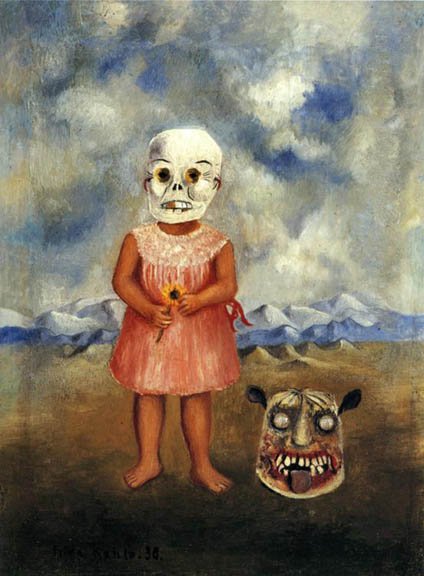


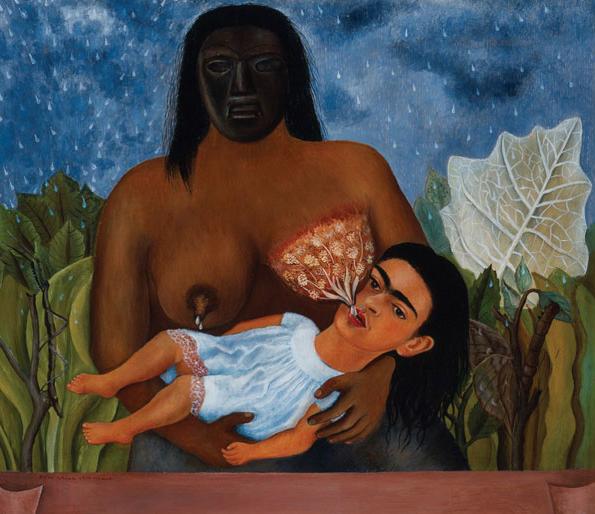
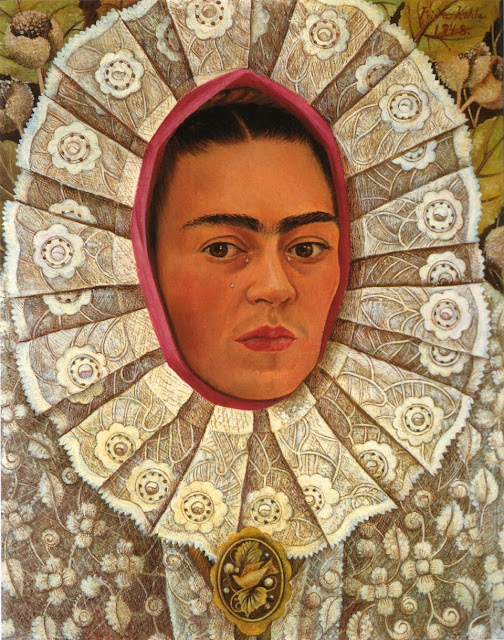
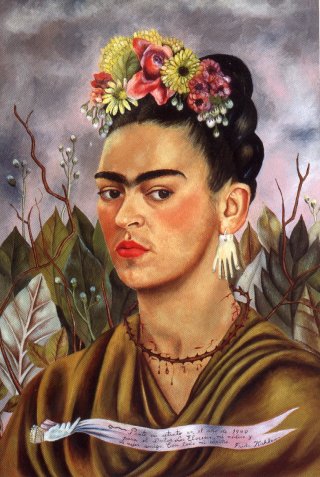

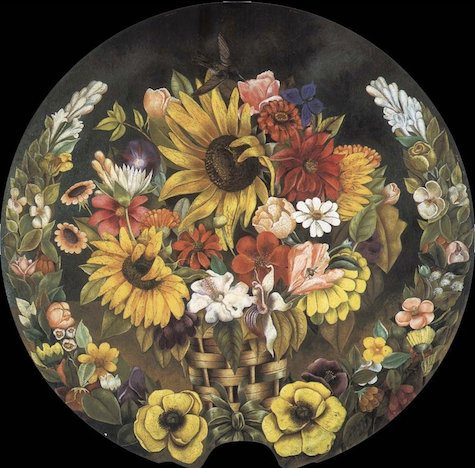







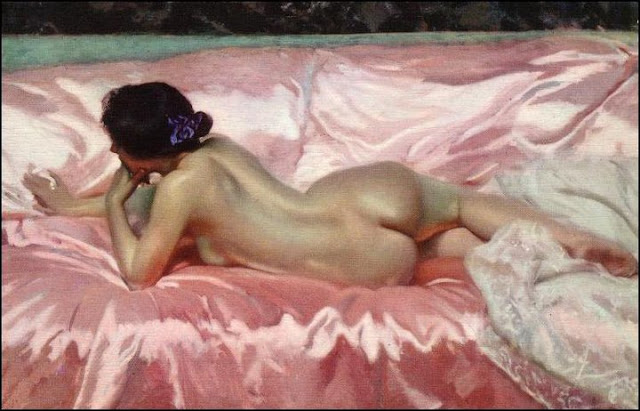









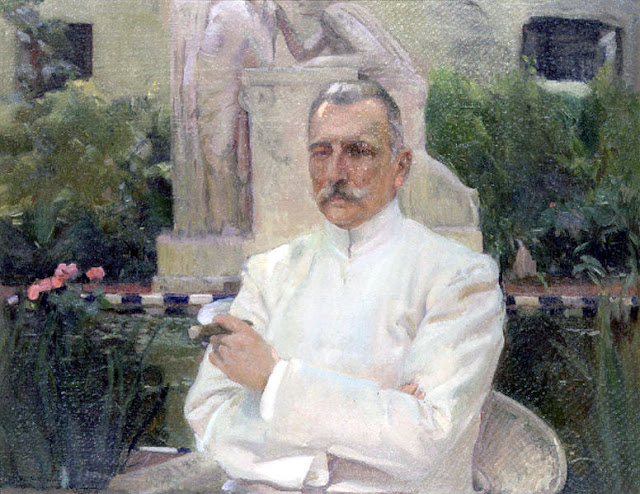
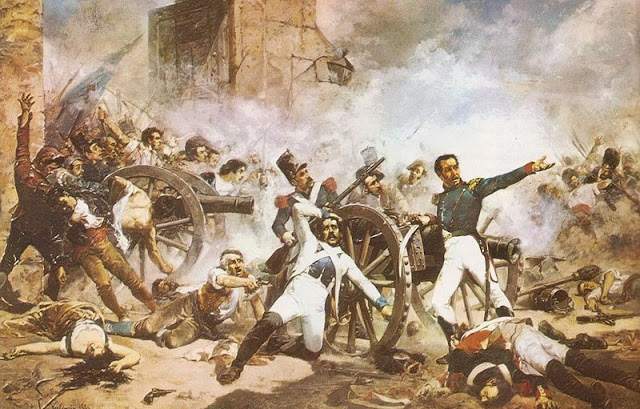
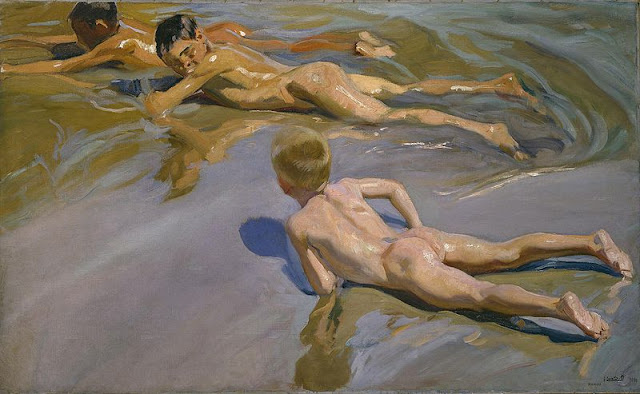









Nessun commento:
Posta un commento